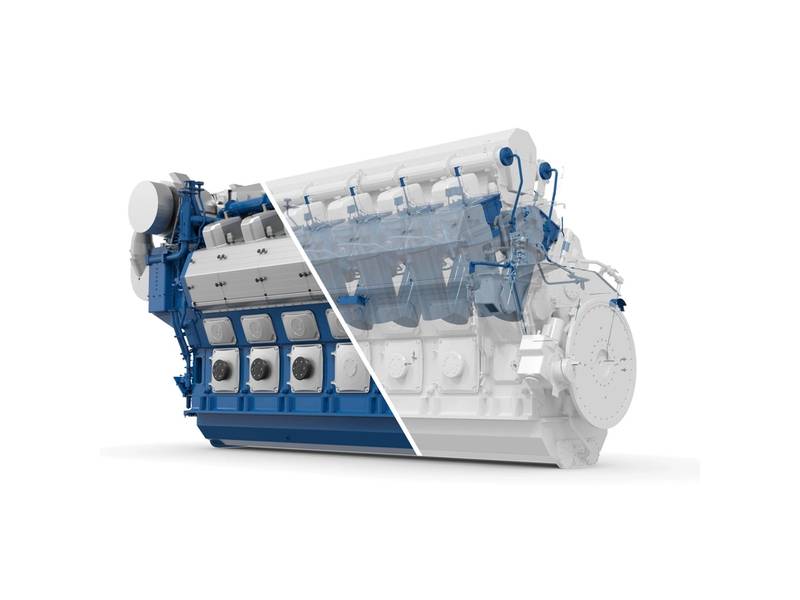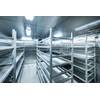Spark Gas Conversion Reduces Methane Slip on LNG Carriers
Wärtsilä has introduced a new methane slip reduction solution for its Wärtsilä 50DF dual-fuel engine. The new technology, which converts Wärtsilä 50DF dual-fuel (DF) engines to spark gas operation, enables a more optimized combustion process, thereby improving efficiency and lowering methane emissions.
Whilst operating on LNG, the conversion is designed to reduce methane emissions up to 75% more than the standard Wärtsilä 50DF engine.

The spark gas conversion minimizes methane emissions by introducing an electrically controlled pre-combustion chamber valve for a more optimized combustion process. The estimated result is that, on an IMO weighted (E2-cycle) average, the new solution reduces methane emissions down to 1.1% of fuel use.
One engine on six Chevron LNG carriers will be converted from dual-fuel to spark gas as part of Chevron’s aim to reducing the carbon intensity of its operations, and the solution is now available to all vessels in the industry with existing Wärtsilä 50DF engine diesel-electric propulsion, the majority of which are LNG carriers.
The new solution is optimized for LNG as fuel, therefore producing a better energy output per unit of fuel. This means fuel gas savings of up to 4.6%, as well as lower methane emissions.
Related News



